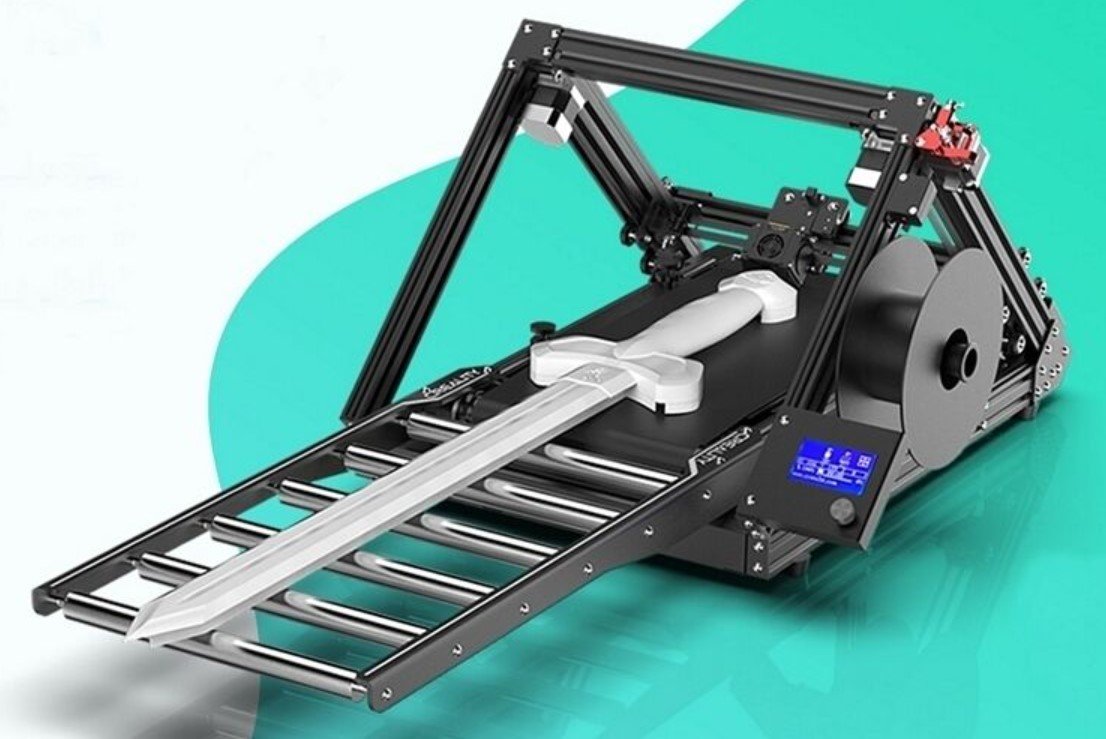When it comes to 3D printing, bed size has always been a bit of a headache. Sure, you can print small stuff just fine, but want to make something big? Usually, that means chopping your project into bits, printing piece by piece, then gluing or welding it all together. A pain, right?
Well, here’s a wild idea that might just flip that on its head. Imagine a 3D printer strapped onto a treadmill, where the print bed itself moves slowly forward as the printer lays down filament. In theory, this setup lets you print objects as long as you want — practically unlimited length. Sounds a bit like sci-fi, but it’s real, and it’s working better than you might think.
A New Lease on Life for Treadmills and 3D Printing
This clever approach popped up thanks to Ivan Miranda, a YouTuber who’s been messing around with turning a treadmill into a moving print bed. His big dream? To 3D print a full-sized kayak. Traditional printer beds are nowhere near big enough for that, but a treadmill bed that keeps rolling forward as it prints? Now we’re talking.
Ivan’s setup isn’t perfect — far from it, actually. The print nozzle hangs off what used to be the treadmill handles, so it’s angled at about 45 degrees. That means the prints come out tilted. Weird, but it doesn’t stop the magic. Plus, that curved end of the treadmill bed turns out to be a bonus — the printed parts pop off the belt cleanly without you having to pry them free.
This simple but brilliant hack means that, in one go, you can print pieces that are bigger than the usual printer bed limits. It’s like turning your treadmill into a conveyor belt for objects, just one layer at a time.

Breaking the Size Barrier: The Tall I-Beam Proof
To show it works, Ivan printed an I-beam taller than himself — a single continuous piece, no breaks, no joints. That’s pretty wild considering most home 3D printers max out at a few inches or maybe a foot in height. This moving bed approach just threw that limit out the window.
Here’s the kicker: Ivan’s kayak dream might actually be doable. Whether it’ll float or not is up for debate, but printing one whole piece in one shot? That’s a massive leap forward. It turns a big problem — limited print bed size — into a much smaller one.
It’s a bit like rolling fabric through a sewing machine, but instead of fabric, it’s plastic filament getting laid down in slow motion on a treadmill belt. The possibilities open up: massive architectural models, custom furniture parts, or yes, giant kayaks.
How This Could Change DIY and Manufacturing
Of course, the treadmill-turned-print-bed isn’t a polished commercial product just yet. But the fact it works at all is exciting. It means bigger, longer, or taller things can be 3D printed at home or in small workshops without breaking the bank for a giant printer.
Think about it: your old treadmill, collecting dust in the basement, could become your new fabrication tool. It’s a neat way to recycle old equipment, cut costs, and get creative.
Some challenges remain. The tilted nozzle means you might need to tweak designs or post-process prints for best results. The treadmill speed and print speed have to sync perfectly, or things get messy. Plus, there’s the filament supply — you’ll need plenty to churn out huge prints.
But still, this could be the start of something big — literally.
A Closer Look at the Setup
Let’s break down what makes this work:
| Component | Function |
|---|---|
| Treadmill Bed | Moves the print surface forward slowly, allowing continuous printing over length |
| 3D Printer Nozzle | Deposits filament at an angle, hanging off treadmill handles |
| Control System | Coordinates speed of treadmill and printing to ensure layers align |
| Filament Supply | Provides enough material for long prints |
This combination of off-the-shelf treadmill hardware and a standard printer head, modified a bit, creates a system that’s surprisingly effective.
Final thoughts? It’s a bit rough around the edges but insanely promising. It’s a fresh spin on a problem that’s frustrated makers for years.
Would you try turning your treadmill into a giant 3D printer bed? Or do you prefer slicing your prints and piecing them together? Either way, this treadmill hack is definitely one to watch.
































